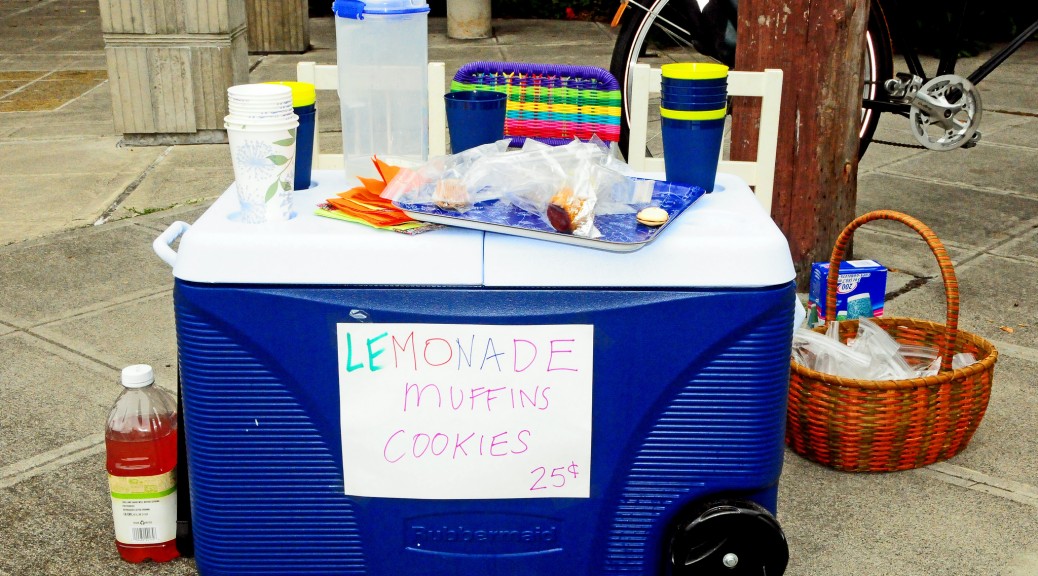A small business can make a profit and yet keep running out of money. Profit does not mean a business has positive cash flow. It’s natural to think a profitable business has cash on hand when profit means financial gain. However, financial reports can show profit without money in the bank.
Without cash, a small business can become insolvent, unable to pay its employees and bills. In “What I’m Still Learning About Managing Cash Flow” from the NY Times, Jay Goltz explains how a company can show profit without having cash on hand.
“Most often it has been taken by one or more usual suspects — inventory, receivables, work-in-process, new equipment or debt payments,” Goltz writes. “While putting cash into these items will have no impact on the profit shown on the income statement (except for some depreciation), it can easily eat up all of that profit and more on the bank statement, which is why it is possible for a profitable company to go bankrupt.”
This is why we can’t rely on the income statement alone when checking to see how the company is doing. Make sure you have a cash flow statement and keep it updated.
The real story of profit and cash flow
Stever Robbins provides a good explanation of profit and cash flow.
“A company can be profitable and still go bankrupt from cash flow problems,” writes Robbins. “If they must pay for materials in January but don’t get paid by their customers until June, they need a loan to survive until June.”
Robbins simplifies this with the story of kids managing a lemonade stand. Before they can make money, they need buy lemons, cups, and sugar. Mom and Dad are nice enough to float them a $5 loan, interest-free. It’s not so simple for small businesses as they need far more than $5 and it’s rare to get it interest-free.
Cash flow is the money you actually have. Unpaid accounts receivables make your company’s financials look healthy as it appears as income. But the reality is that you don’t have the cash yet. Therefore, you can’t buy anything or pay employees.
Goltz provides several solutions to avoid cash flow problems. One is to collect on accounts receivable as soon as possible. Another is to build up a cash reserve. When a business can’t do that, then it seeks a business loan or line of credit.
Business owners know that cash can make or break a business. They also know they need working capital to implement their growth strategy.
8 strategies for cash management
Here are 8 strategies to make sure you have cash flow when you need it.
- Watch cash flow closely. It’s often the victim of business growth.
- Ensure customer service is top-notch always. It can often fall victim to growth, which leads to lost business.
- Find out if you’re eligible for a low-doc SBA loan. (In a low-doc loan, borrowers don’t need to provide as much documentation to the lender as with bank loans.) Avoid signing up for a loan that’s barely or not enough. This just postpones the problem as you’ll need to find a way to cover the difference.
- Skip giving up equity if all you need is working capital. This gives away too much control and profit. When the situation improves, you’re still stuck with the partner as it’s difficult to end the relationship.
- Keep accounts receivables as low as possible. At the start of a relationship, make it clear that you will deliver and all you ask of clients is to pay on time. Get 7 tips to prevent late payments.
- Keep accounts payable as high as possible without jeopardizing relationships and paying penalties. If necessary, negotiate a better deal or longer terms.
- Limit company owners’ withdrawals.
- Maintain a low inventory by using a just-in-time process, managing reorder frequency, discounting slow-selling items, considering consignment, and reviewing hidden costs.
Having good, reliable numbers that tell you how much money you have to spend is the best way to maintain positive cash flow. Create a process to track and review your accounts receivables, accounts payables, owner withdrawals, and inventory on a weekly basis.
It’ll help you spot potential problems faster and make changes quickly. The quicker you catch problems, the faster and cheaper it’ll be to resolve them.
If banks or the SBA are not an option in the short term or they take too long, take a look at our financing services. It won’t take long to find out whether we can provide you with working capital to grow your business or to tide you over until a traditional line of credit comes through for your business.
Image credit: SDOT Photos
